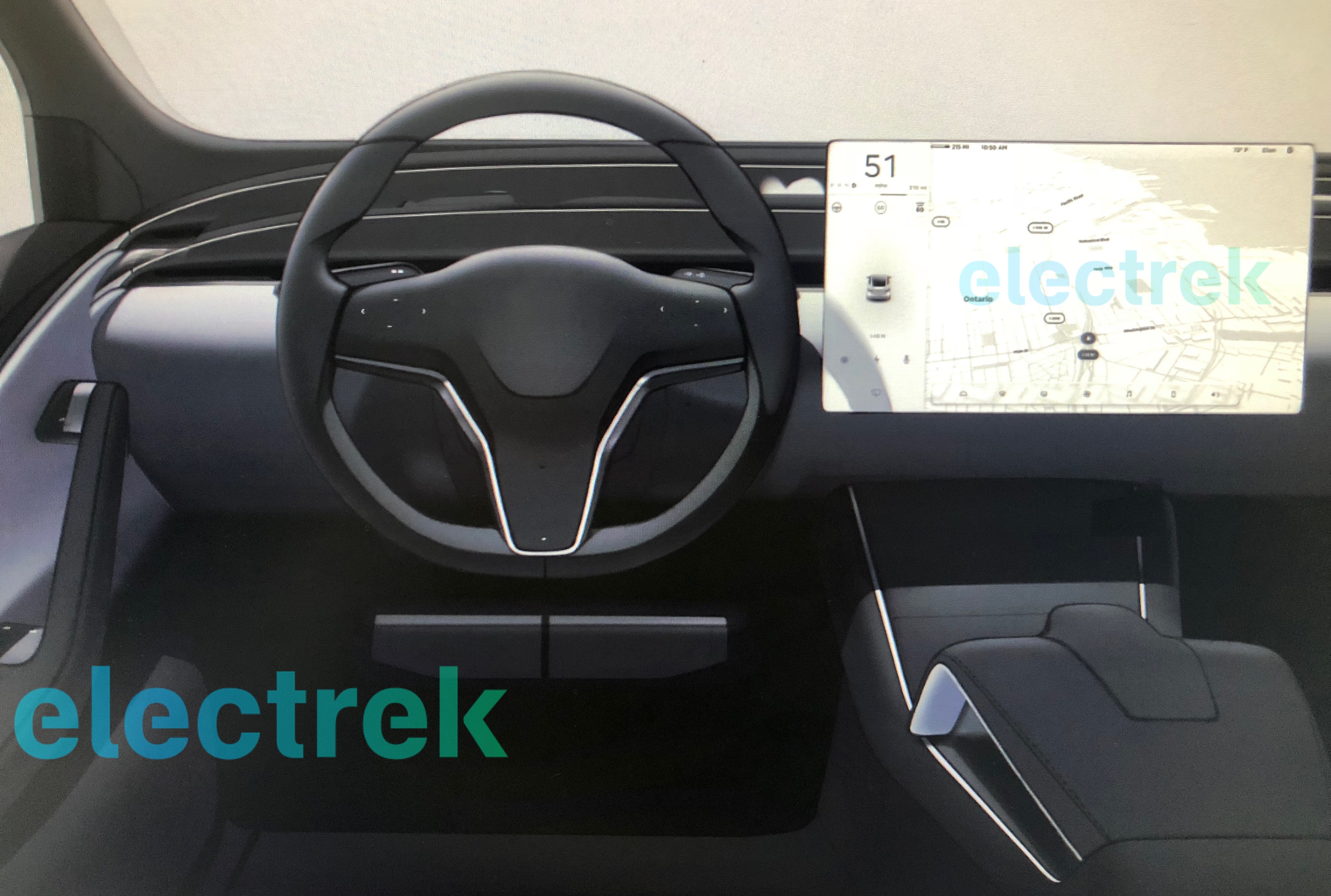Here are some pros and cons to my speculation above, that Tesla could consider or introduce a Model 3 like flap in Model S/X, as well as dual Tesla + CCS connectors underneath in the U.S. for S/X/3 (in Europe of course only CCS as we know, but U.S. is a bit different...):
Cons:
- Dual connectors would add complexity and cost. Tesla could just as well just go for a CCS adapter in the U.S. for those that need one, like they have promised in Europe.
- CCS proliferation in the U.S. is much less than it is in Europe. This difference between U.S. and Europe is only made bigger by U.S. Supercharger and Destination Charger coverage, where U.S. is superior to Europe.
Pros:
+ Pretty much everyone else is gunning for CCS, at some point Tesla owners might be left behind with just the Tesla connector and a potentially dying CHAdeMO.
+ Tesla simply has so many Superchargers, Destination Chargers and HPWCs in the U.S. that retiring the existing Tesla charge port would not be as easy or as quick as it may be in Europe, so going just CCS would not necessarily be so lucrative either.
+ Dual connectors would allow Tesla to retain existing Supercharger, but also Destination Charger and owner's HPWC investment, the latter two not a problem shared with Europe, because European CCS is already compatible with local Tesla Destination Chargers, HPWCs and Mobile Connectors.
+ Tesla might need an updated charge port for Supercharger V3 anyway, in which case going for CCS for Supercharger V3 (with existing proprietary Tesla connectors retained at Superchargers for existing cars using existing charging speeds) could be a solution. Dual connectors would ease this transition, if needed, though dual ports could still make sense even if Supercharger V3 used Tesla's own port for the above reasons.
@miimura also offered this point why the Chinese scenario differs from the U.S. one. Fair point, though not something I am convinced would alter Tesla's plans if they really thought dual connectors would make sense for them. But it certainly could add cost and add to cons if it were a coin toss for them...
The difference is that the implementation you pictured above requires additional high power DC switching and AC switching. The Chinese ports are dedicated AC and DC connectors, so no switching is required. One port goes to the onboard charger and the other goes straight to the battery with simple on/off switching, not A/B/Off switching.
Keep up the great analysis and speculation!





